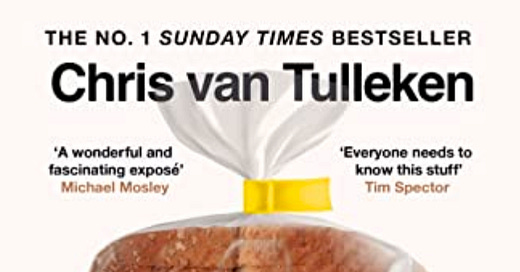Shiny happy UPF people?
What I talk about when I talk about a book on ultra-processed foods, an avocado named Luna and a Florida steakhouse that's put a plant-based steak on the menu.
In a recent airing of the podcast This American Life, a producer shared his experience of trying to quit smoking. His first stab was using the book Allen Carr’s The Easy Way to Stop Smoking. Step one is to continue smoking while reading the book until you’re disgusted with it and, presumably, yourself. (It didn’t work.)
This same approach is used in a ne…
Keep reading with a 7-day free trial
Subscribe to Technically Food to keep reading this post and get 7 days of free access to the full post archives.


